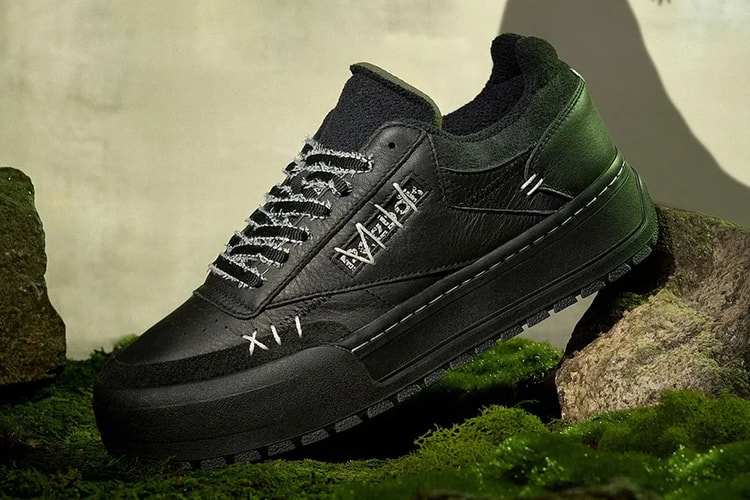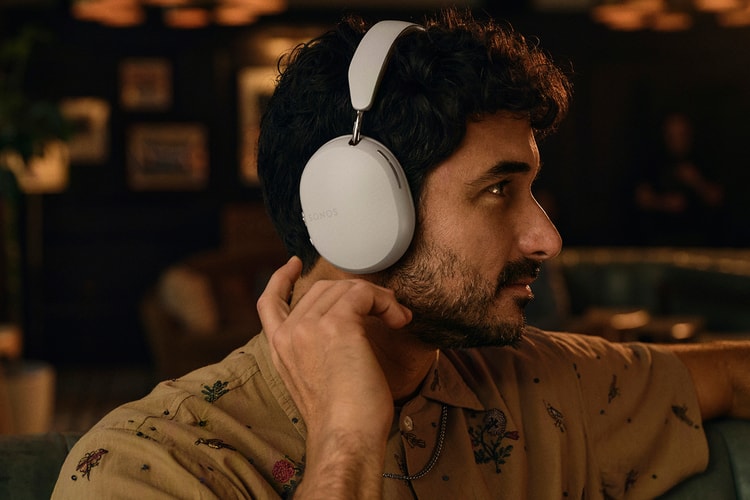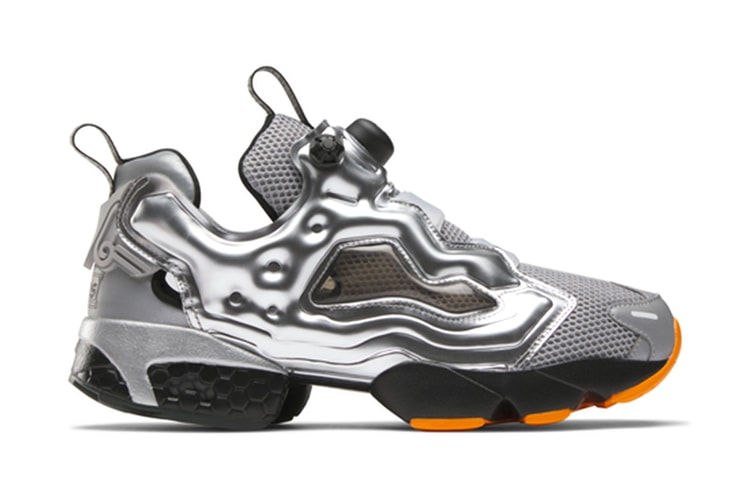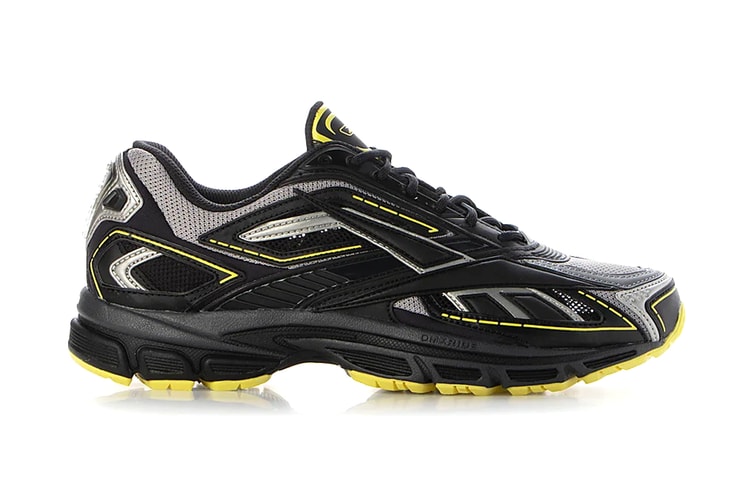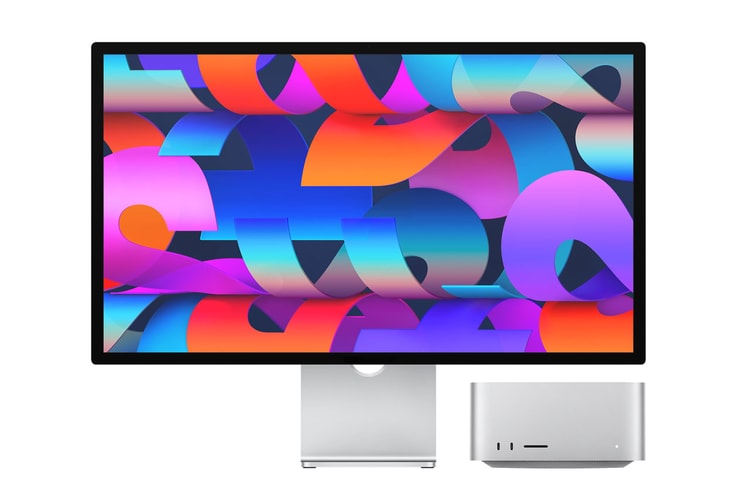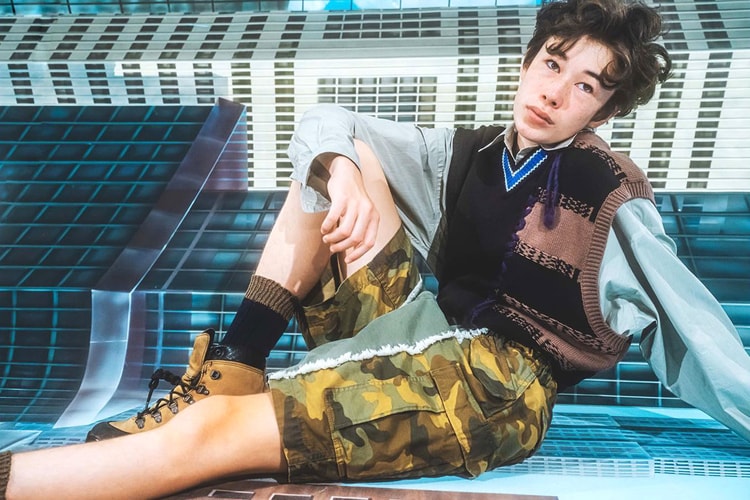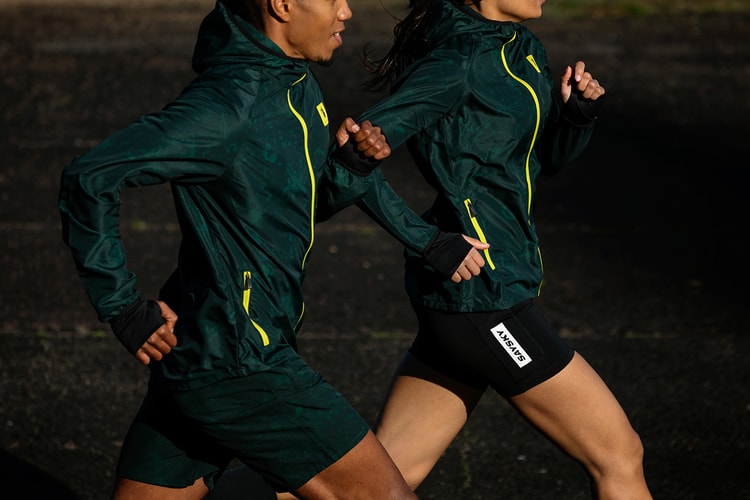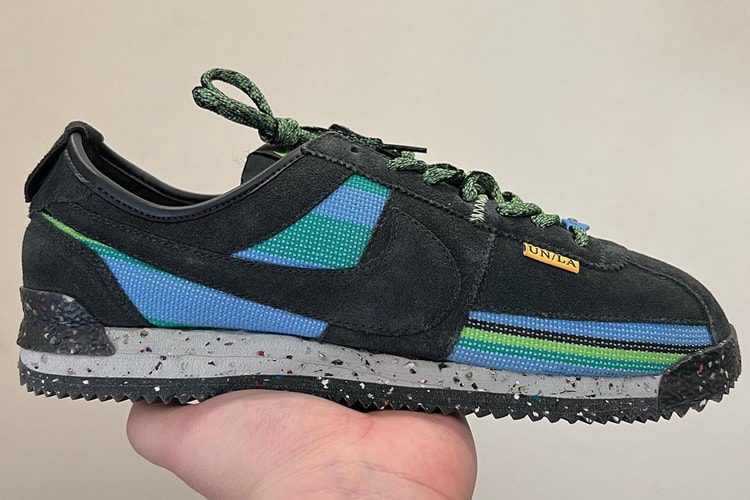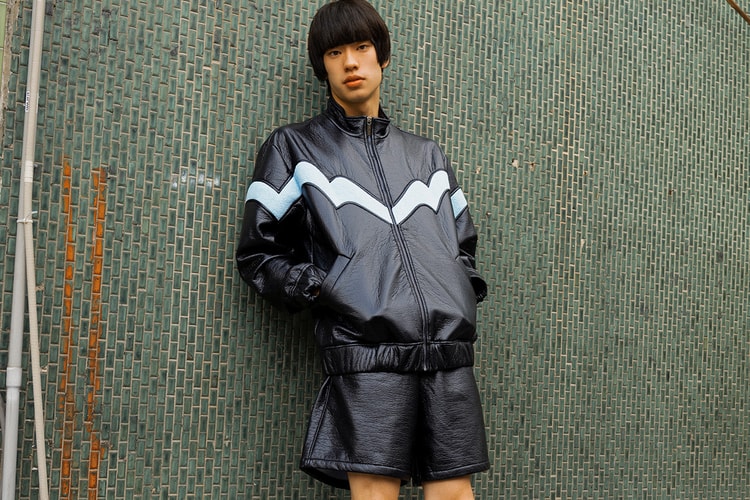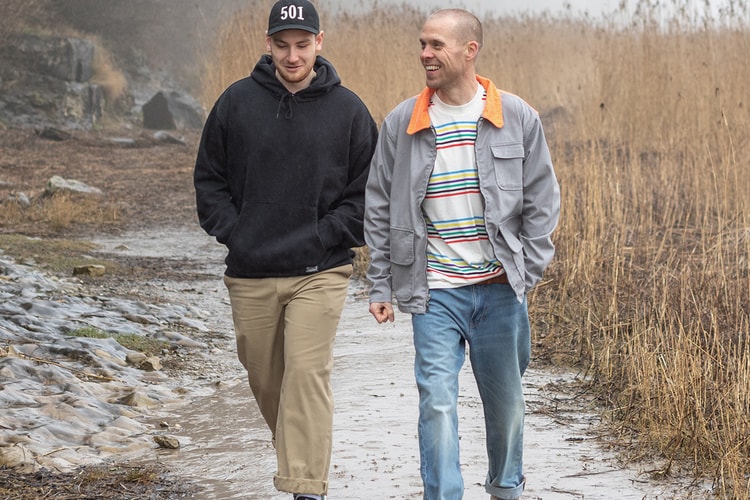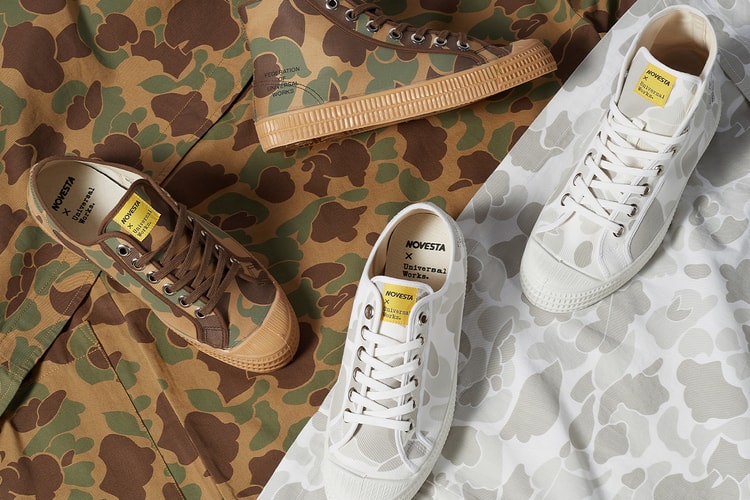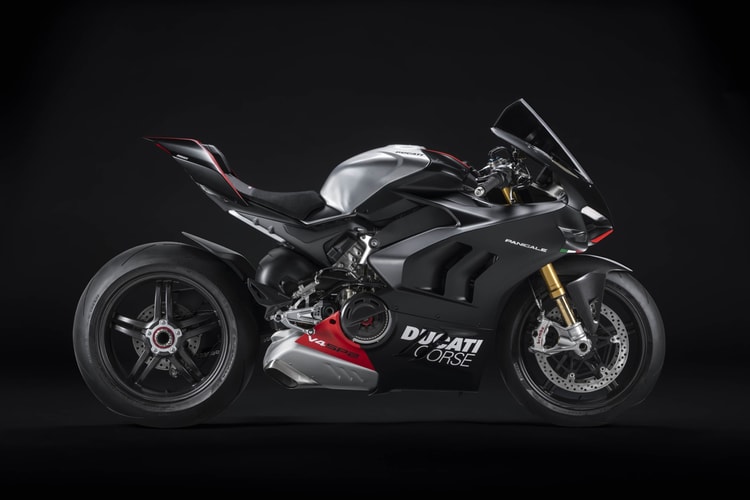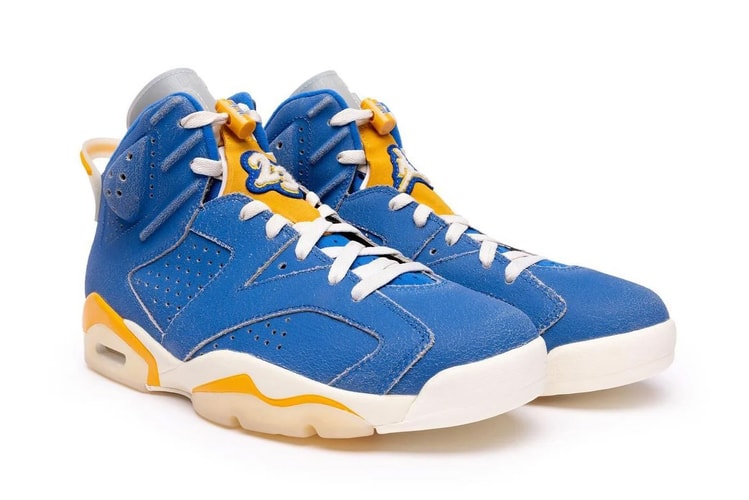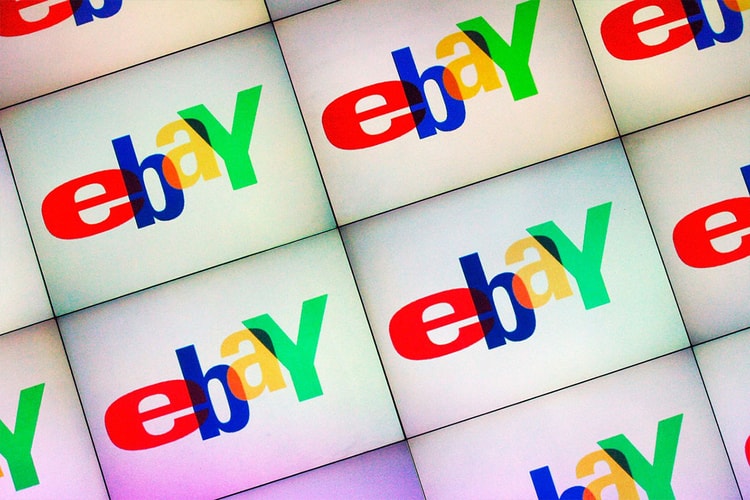Sole Mates: Evan Belforti and the Reebok Travel Trainer
Reebok’s Special Projects designer sheds light on unifying narrative and fantasy in his creative process.

Staying relevant in today’s footwear space is no easy task. Even Reebok — a brand that’s linked with iconic NBA greats such as Allen Iverson, Shaquille O’Neal and Shawn Kemp, as well as iconic designers like Steven Smith — will sometimes struggle with this given the competitive nature of the industry and natural heritage of other brands such as Nike or adidas. But it’s times like this where a fresh design perspective is all it takes to shake things up, and that’s what Even Belforti — designer for Reebok’s Special Projects team — brings to the table.
Belforti grew up in Boston, Massachusetts, and initially wanted to pursue automotive design, but after taking a footwear-making course at the Rhode Island School of Design (RISD), his career intentions took a hasty pivot. “I was just learning how to craft traditional models like Chelsea boots and handmade leather shoes, but once I had created this physical thing that I could hold, it was kind of an “aha moment” for me.” After starting out as a temp at Reebok, he steadily climbed up the corporate ladder and now finds himself working on some of the brand’s biggest fashion collaborations from Maison Margiela to Pyer Moss to KANGHYUK. By fusing narrative, function and his obsessions with fantasy worlds, he’s found plenty of success engineering cutting edge footwear innovations such as the Reebok Premier Road Modern, Pyer Moss x Reebok Experiment 4, the Reebok DMX Trail Hydrex and more.
HYPEBEAST had the opportunity to sit down with the crafty designer to discuss his career journey thus far, how he’s helped elevate Reebok to new heights and his favorite obscure Reebok Travel Trainers.
HYPEBEAST: For our readers who don’t know you, how would you describe your current role?
EB: I’m a footwear designer on Reebok’s Special Projects team. I work with one other product manager and one developer on all of the fashion inline products and we do all of the runway collaborations such as Cottweiler, Margiela, KANGHYUK etc.
Who or what got you into sneakers?
I went to school for industrial design, and it’s really broad. They don’t force you to take on any specialty, but coming out of school, you know that you’re going to. I always thought I would do automotive design or something in illustration. I took this traditional footwear making course where I actually learned how to build shoes by hand. I used that class to make a pair of sneakers by 3D printing the tooling and laser cutting all the materials, and that’s when it really started to click for me. I also think that the people I gravitated towards at school were in the fashion space and I connected with them as opposed to connecting with the kids that were more interested in automotive design.
So your interest in a career in sneakers happened relatively late in the game, were you into sneakers growing up at all?
It’s not that I wasn’t into shoes but I wouldn’t label myself as a huge sneakerhead growing up. I was super into Chad Muska, and loved brands like Supra, DC Shoes and Osiris. As I mentioned before, my peers who worked in fashion had a huge influence on me moving the way I did.
How would you describe sneaker culture growing up in Boston?
I wouldn’t say that I was paying attention to the culture too much growing up. Since I grew up in the suburbs, I think what drove me towards skate shoes was a need for transportation. It was always function first for me since we would be skating everywhere. I wasn’t this amazing skateboarder by any stretch, but I wanted shoes that were functional and that helped me get to places.
How did you end up at Reebok?
After graduation I was working as a welder and a machinist in Providence so I could save money and work on my portfolio. I was applying to multiple footwear design roles and was unlucky for awhile until one day I got the call from Reebok for a temp job. I initially started out as a temp for 10 months working on a materials development team. The first week I started there I got in touch with one of the designers over there named Jay Jang and he basically mentored me. He would create fake briefs and have the design team critique my work, it was amazing. Then finally towards the end of it, he gave me a real brief that entailed an inline shoe for Reebok’s fashion category. I ended up designing the shoe but it never came out because of factory issues, but it was a moment because I actually got to design a shoe for Reebok, and that’s exactly what I wanted to do. I used that as a jumping off point to then get into the apprenticeship program there and then five months after the apprenticeship program, I was hired full time for the technical style team, which was this new team that worked on hip and functional footwear.
Was it always in your plans to try and land a role at Reebok?
I really did want to be at Reebok specifically because I loved the idea of this brand being something that used to be so amazing, had a ridiculous archive and crazy history, but wasn’t where it had been maybe in the past. It made me think that I could do something that could be more impactful. I saw there was an opportunity to do newer things for a brand that required a fresh perspective and was less saturated.
What qualities does a sneaker need to be considered good design?
There’s three big things that I like to focus on. I love the idea of a narrative and telling a story, and that will usually be tied to a certain niche activity or niche occupation. Then second is function. All of our footwear that we’re designing are very fashion-focused, but it comes from functional inspiration. Whether those end up translating to something that’s functional, it doesn’t really matter at a certain point to me, because you’re still able to create a story out of what that function could be. And then the third is the aesthetics that draw from function.
Describe your design process.
We’ll work together to create a brief, then we’ll pull in archival inspiration from obscure Reebok shoes and find a way to tie those to bizarre activities and push them into this weird, fantastical space. From there it shifts over to creating stories, mood boards, inspiration boards, tech packs and color packs and then on to teaching a factory how to build it and crafting a ton of iterations until we zero in on the materials and colorways that we like.
“I’d say learning how to work collaboratively with the perspective of Reebok as well as yourself, and then combining that with the perspective of another brand. It’s being able to listen to what they want, bringing what you have to the table and melding those together in a way that everyone’s happy.”
What would you say the highlights of your career have been thus far?
The Reebok Premier Road Modern is one. Being able to take this thing that had so much history of Reebok and was created by these really nerdy guys who just loved tech and liked throwing it into shoes, but then being able to create the next generation of that and create my own narrative that stemmed from that. Some others are getting to work with Maison Margiela, attending Paris Fashion Week and working with Kerby [Jean-Raymond].
What have been some of your biggest takeaways from working on high-level projects like Margiela and Pyer Moss projects?
I’d say learning how to work collaboratively with the perspective of Reebok as well as yourself, and then combining that with the perspective of another brand. It’s being able to listen to what they want, bringing what you have to the table and melding those together in a way that everyone’s happy. It’s working through that communication and there’s a lot of skills you pick up that you wouldn’t have just designing. And so I think it’s been really good to get into those situations, learn as I go and learn from all of these really talented people who are doing different things than me.
“I think one of my favorite things is this segue between this weird fantasy, world building aesthetic that I try and implement, and then how it connects to this is a living example of that. It’s this obscure idea that seems so farfetched, but yet it came to life in such an amazing way.”
Let’s shift topics here and touch on the Reebok Travel Trainer that you brought. What is it that you admire about this shoe?
I used to scour the internet, more specifically eBay, for old shoes that maybe weren’t in our archive. I luckily found them on eBay for about $40 USD and I copped them because not only did I think they looked amazing but I was fascinated by this pill capsule that they came in. And when I learned the backstory about them I really fell in love with them. These dropped in 2002 and the concept was that they were made to be sold in vending machines in airports as they were shoes that you can easily slip on and off, but it only ended up coming into fruition in Japan.
I think one of my favorite things is this segue between this weird fantasy, world building aesthetic that I try and implement, and then how it connects to this is a living example of that. It’s this obscure idea that seems so farfetched, but yet it came to life in such an amazing way. There’s this very functional aesthetic that creates these slam shoes that need to be a certain width to fit in into that capsule, that need to be pliable and slip on. And all of those functional aspects created the aesthetics that just fit so well to its narrative.
Are there any conversations centered around potentially bringing these back out?
I personally don’t plan on bringing them back, but I definitely want to use them as a reference point for a future design.
What are your favorite components of the shoe?
I love the negative space that comes about from the different paneling, as well as the double stitches and the minimal branding. I’m not a huge fan of magnets on footwear but it works well in this situation and clips right in. Putting them on and taking them off is such a nice experience, and the way you can interact with the shoes from wearing them to stowing them in the pill capsule is amazing.
Why are sneakers and the stories they hold important to you?
I think the idea of an object having a story in general is something that I appreciate no matter the context, and I think for footwear you have these functional elements but you also have this necessity and these aesthetic elements. A lot of apparel designers will talk about footwear being the base to all of their works. And I think that’s the reason that I want to move into apparel is because I want to be able to expand on the stories I’m telling in footwear. And I think maybe that’s a huge part of why I like it is because it’s getting me into this world that I maybe wouldn’t have otherwise been a part of. Footwear was always kind of the bridge for me.
















